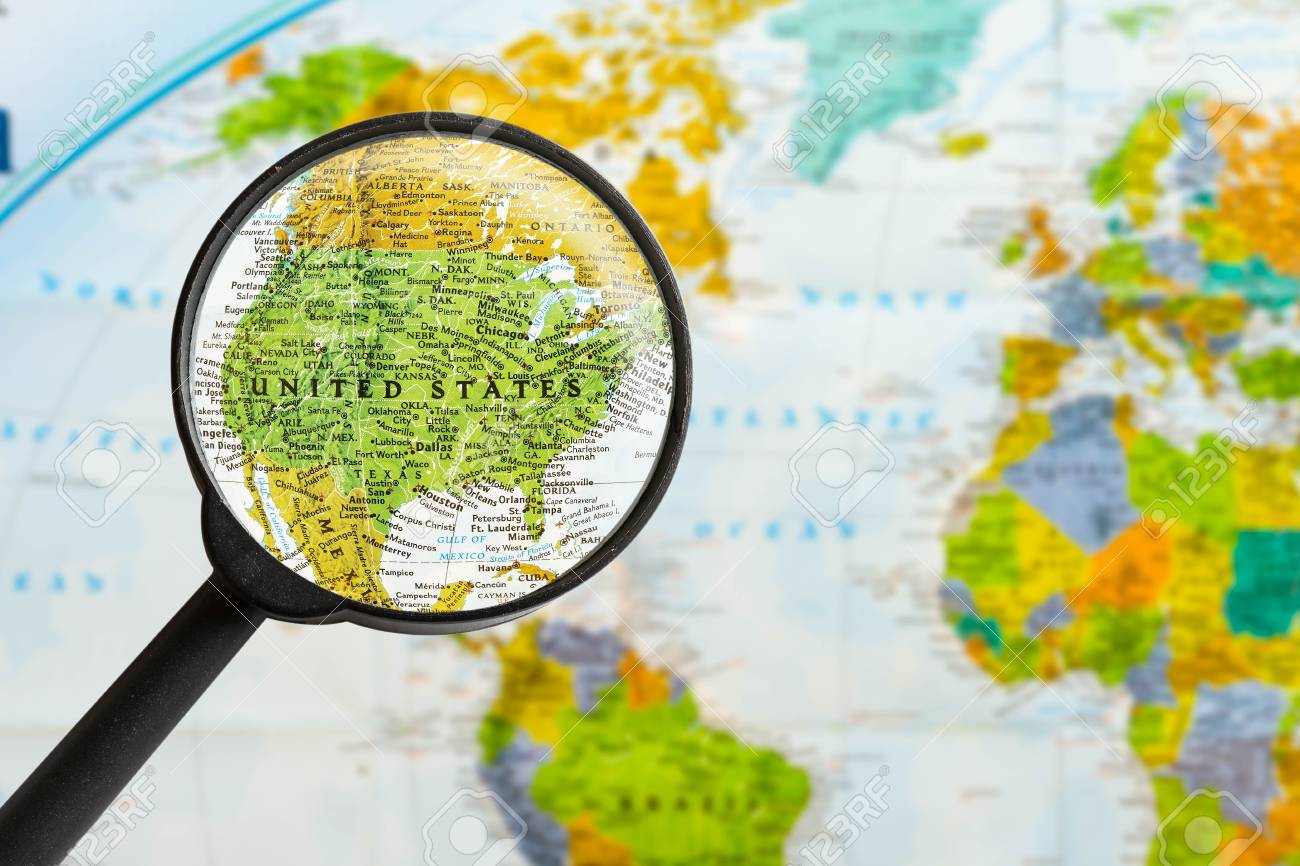People in diverse groups are more likely to be essential workers, unemployed, and face higher infection rates as a result of COVID
Times are tough. And, they are tougher for women, people of color, and the LGBTQ+ community during COVID. This is an unprecedented opportunity to look more closely at the systems of privilege and how they keep the majority group up (white, cisgender, able-bodied, men) and underrepresented people down (people of color, LGBTQ+, those with disabilities, women).
The systems of privilege work every day to keep white men at the top of the social hierarchy. Yet, this is often hard to see the impact. COVID provides an opportunity to see how the system works and why it needs to change to work for everyone.
Let’s start with half of the population – women.
Women are experiencing multiple setbacks with COVID
Women are more likely to have recently lost their jobs, are working dual roles as the primary caregivers, and are the bulk of the workforce on the front lines in health care and essential retail positions.
Gendered setback #1: Job loss. “Women held less than half of all U.S. jobs in February 2020, according to the Labor Department’s Establishment Survey, yet they lost 425,000 jobs in March, 60% of the total decline.” The belief that women are caregivers and men are providers perpetuates the devaluing of women’s work vs. men’s work.
Gendered setback #2: Front line risk. This is further compounded by the fact that women work in industries more likely to be adversely affected by COVID as women make up 80% of health-care and social assistance workers. Women who are still working are likely to be on the front lines exposing themselves to risk.
Gendered setback #3: Dual roles. Women are 68% of primary caregivers and did 6 more hours of household labor per week than their male counterparts before COVID according to the Family Caregiver Alliance. In addition to career tasks, this means caretaking and e-learning tasks are likely to fall on women.
Gendered setback #4: Physical danger. Domestic violence rates are on the rise and affect 1 in 4 women on average. A COVID world means more isolation and physical danger according to the NCADV.

The LGBTQ+ community is being hit by the pandemic
LGBTQ+ setback #1: Fear. Many areas still have much lower social acceptance of gay rights, and do not protect the rights of LGBTQ+ workers. This leaves the LGBTQ+ community at higher risk for job loss and with fear for personal safety.
LGBTQ+ setback #2: Chronic health conditions. “More than 1 out 5 transgender adults have at least one or more chronic condition, such as diabetes, arthritis, or asthma “ Being trans is not a choice; it is how someone identifies their own gender. Because of gender reassignment surgeries and other health care needs for the trans community, they are at higher risk for COVID.
LGBTQ+ setback #3: Celebations paused. Women’s history month and Pride celebrations have been placed on hold around the world and likely to be postponed for June’s pride month leaving the LGBTQ+ community advocating online and in isolation.
People of color are experiencing COVID at higher rates
People of color setback #1: Limited access to health care and education. “The Associated Press reports that based on available state and local data, about a third of US Covid-19 fatalities are of African Americans — although in the areas analyzed, only about 14 percent of the population was African American.” These numbers are clearly not proportional. The systems of privilege leave people of color with less access to health care and education. Many reside in areas without affordable health care facilities and in high density public housing that spreads the virus more easily.
People of color setback #2: Less access to virtual work. People of color dominate the front lines of the home health care industry and have less access to remote work. With a third of workers estimated to have the privilege to work from home during COVID, this number is expected to be much lower for people of color in front line work.
People of color setback #3: Discrimination. Asian Americans are experiences discrimation with statements like “the Chinese virus” proliferated by government and media. Hate crimes are on the rise and a growing bias towards Asian Americans that have likely lived in America for long periods of time prior to the virus is deeply troubling.
The system is not working (and it never did)
Evidence #1: Those with privilege are benefiting greater. The average size of an individual PPP loan is $206,000. Two grotesque examples of the rich getter richer – Ruth Chris restaurants received $20M and Potbelly restaurants received $10M and paid their white male CEO a $100,000 bonus with it. Meanwhile, 90%+ of applications, largely small businesses, went unapproved.
Evidence #2: Virtual work is for the privileged. While nearly half of US labor is estimated to have the ability to be done remotely, this is far more likely to be for non-customer facing positions. Those on the front lines like women and people of color will continue to be adversely affected in a world where virtual work is a privilege.
Evidence #3: Underrepresented people are more likely to experience health risk or risked on front lines. Underrepresented people are more likely to experience chronic health conditions. This means the lives of underrepresented people are at higher risk all the time. We need people on the front lines in health care and essential retail. And, they happen to be more often people of color and women. Their lives should not be more expendable than the majority group.
While these numbers are frightening, our voices are more important than ever to help. Here are three things you can do to help:
- Advocate for people different than you. If you have privilege by default of being a part of the majority group, the good news is that you can help others. Speak up when you see something bad happen and share it with your network, especially those that have power. The more privilege you have the more that you can help.
- Vote with your dollars. Support minority businesses and those that are socially responsible. Here is a great list of socially responsible companies
- Get your organization to step up if they have not already. Organizations will be remembered for their behavior now. Those donating their services and good to the front lines, offering support to their employees, and focused on community vs. profits will win long term. Share this article with your employer to step up if they have not already. It is not too late.
It is never too late to be an ally. And, you do not have to do it alone. Message me directly with your questions julie@nextpivotpoint.com.

